
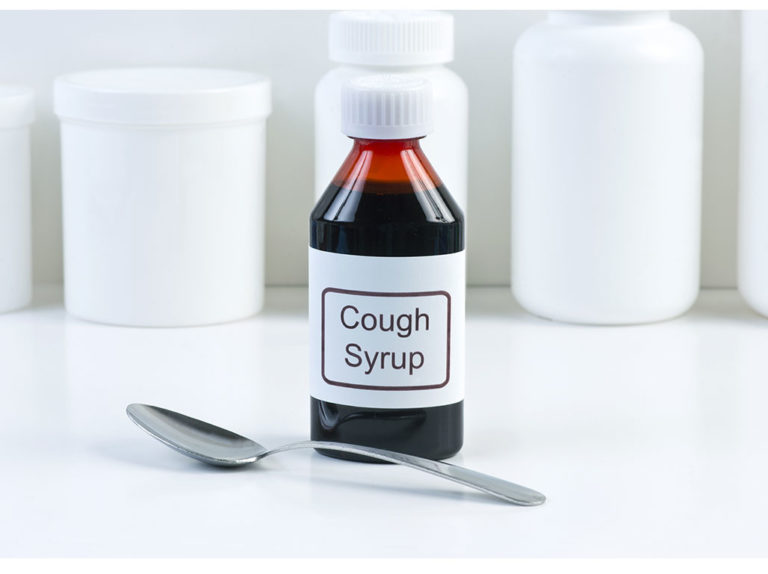
Dextromethorphan (DXM) is a synthetic substance most commonly found in a variety of over-the-counter (OTC) medicines as an antitussive (cough suppressant) and expectorant (an agent that promotes the removal of mucus from the respiratory tract). Other medical uses of DXM include the temporary relief of sinus congestion, runny nose, cough, sneezing, itching of the nose and throat, and watery eyes caused by hay fever, allergies, cold, or flu (influenza). Approximately 70 DXM-containing products are available to consumers. When the recommended dose is taken, DXM has few adverse side effects, and has a long history of safety and effectiveness.
Within the past few years, reports of illicit use and abuse of DXM have risen. The DEA reports that illicit use may be related to the ease of purchasing nonprescription cough medicines from a variety of drug stores and Internet companies. DXM is a legal substance approved by the FDA and is not considered inherently dangerous unless dosages exceed therapeutic recommendations.
However, it can be a damaging substance. Recreational users intentionally exceed suggested doses to experience a sense of heightened perceptual awareness, altered time perception, and/or visual hallucinations. Also, users often abuse the drug in combination with other drugs. The interaction between DXM and other substances (e.g., alcohol, acetaminophen, MDMA/ecstasy, and other OTC cough medicines) produces a synergistic effect that can be very dangerous.5 Ingredients of cough medicines other than DXM, like acetaminophen, are extremely hazardous when consumed in high doses and can cause liver damage, heart attack, stroke, and death.6
The FDA approved DXM in 1958 after research supported its legitimacy and effectiveness as a cough suppressant. After its approval, it was introduced as an OTC medication under the name Romilar. As early as 1975, the popularity and extensive abuse of DXM was recognized, and Romilar was removed from the OTC market. However, DXM was specifically excluded from the Controlled Substances Act (CSA) of 1970, therefore, it was still legal to produce and use. A few years after its removal from OTC, companies began introducing refined DXM products (e.g., Robitussin, Vicks-44, Dextrotussion) that were designed to limit recreational use by creating an unpleasant taste if consumed in large quantities. Within a short time those same manufactures began to produce forms of DXM with “some appealing flavoring,” which led at least one researcher to suggest that the cycle of recreational abuse may be repeated. Prevalence estimates are difficult to obtain; consequently, the extent of DXM abuse cannot be identified. Nevertheless, recreational abuse has caused concern across the U.S., prompting many local, state, and federal officials to increase their monitoring of the drug and warn consumers that DXM could be added to the CSA if increased abuse warrants its scheduling.
DXM is a dissociative anesthetic that at high doses can create powerful psychedelic effects. It is sometimes compared to PCP and ketamine, which are also dissociative anesthetics. The effects caused by DXM use vary depending on the dose. Users often describe dose-dependent ‘plateaus’ that range from a mild stimulant effect with distorted visual perceptions to a sense of complete dissociation from one’s body. Effects generally last for 6 hours, but will ultimately vary depending on the amount of DXM ingested and if it is used in combination with other drugs or chemicals. Other effects can include:
The level and likelihood of experiencing tolerance and dependence will ultimately depend on the dose and frequency of use. When it is abused regularly, DXM can actually cause some of the symptoms (i.e., insomnia and dysphoria) that it is designed to cure. In addition, high-dose chronic use of DXM can lead to the development of toxic psychosis – a mental condition characterized by a loss of contact with reality along with a confused state – as well as other physiological and behavioral problems.20 It is unknown, however, what effect infrequent use of low doses has upon the user, although anecdotal reports of prolonged use describe DXM as a drug with moderate physical dependence and tolerance. Most users that display symptoms of withdrawal will experience some form of anxiety, restlessness, insomnia, diarrhea, vomiting, severe weight loss, and upset stomach.21
Licit uses of products containing DXM are those that adhere to the manufacturer’s suggested guidelines for dosages. Users consuming DXM-containing cough syrups (such as Robitussin) for medical reasons typically ingest 10 to 20 mg every four to six hours or 30 mg every six to eight hours.10 On the other hand, a single dose for recreational users can range from 240 to 1500 mg. Heavier users have been known to ingest up to 3 or 4 bottles a day11—an amount that can induce a multitude of negative side effects. According to the DEA, Internet sites inform young users to “drink the syrup expeditiously in order to absorb enough DXM from the drink prior to the impending incidence of vomiting which will occur as a result of the ingestion of the large volume of syrup required for intoxication.”12 In addition to traditional syrup forms, there is also evidence that DXM is being sold over the Internet in powder, capsule, and pill forms. These are snorted or ingested orally. Powders and pills have an effect similar to syrups without the need to consume large quantities of the substance in a small time period. Users can also find instructions on how to extract DXM from syrups and gel capsules on the Internet, thus enabling them to inject or orally consume this active ingredient.13
If you or someone you know needs help with cough syrup addiction, check out Recovery Guidance for a free and safe resource to find addiction and mental health professionals near you.
Save
Save


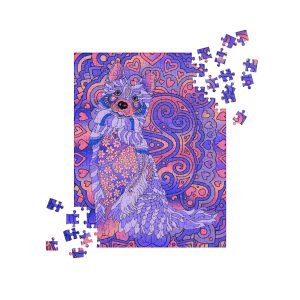

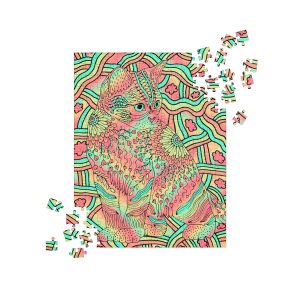
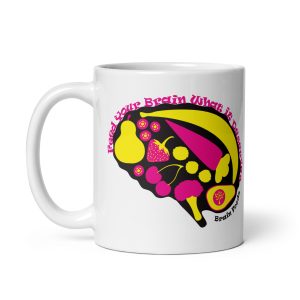

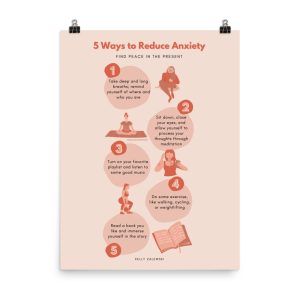
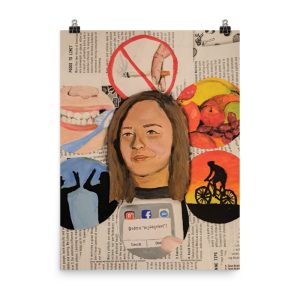
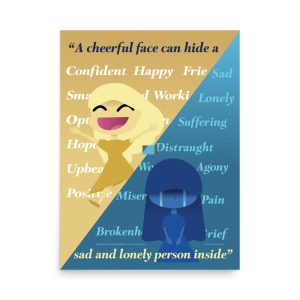
Copyright © 2023 Reach Out Recovery Services LLC | Terms and Conitions |. Site by Quadshot Digital